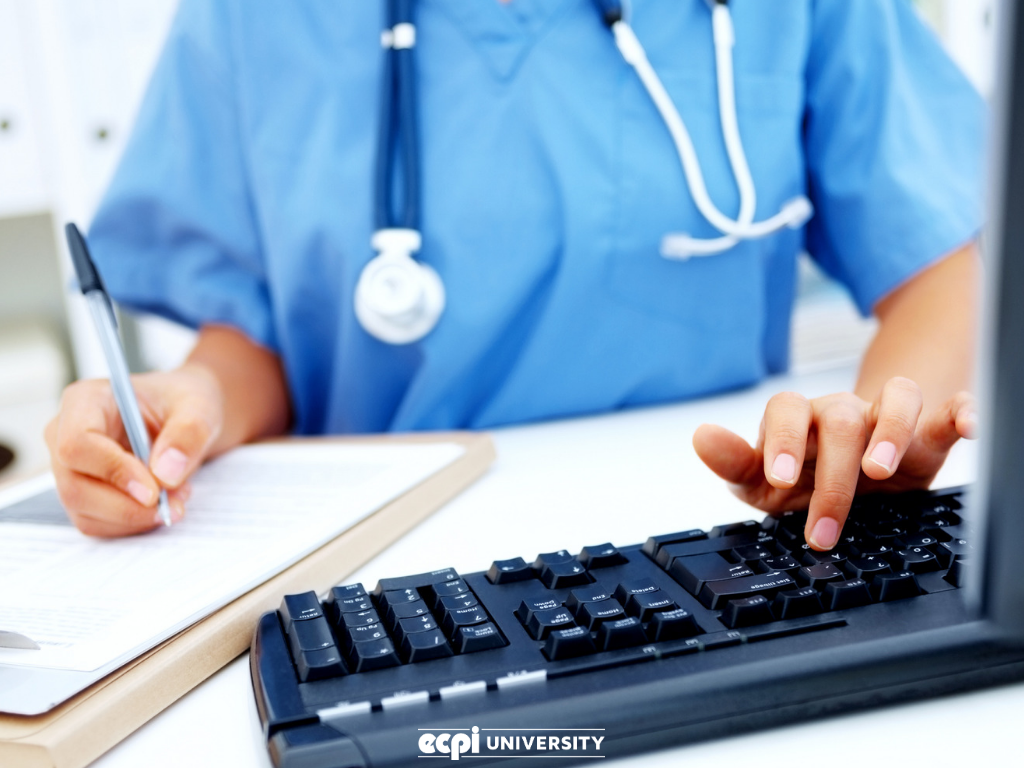Best Practices in Medical Management for Improving Effectiveness and Reducing Costs
In the ever-evolving landscape of healthcare, the pursuit of ideal methods in medical management is vital for improving effectiveness and suppressing costs. By integrating innovative modern technologies such as digital health documents and telemedicine, medical care suppliers can improve operations and boost individual care. Modern technology alone is not a panacea; maximizing resource allocation and cultivating collaborative interaction amongst care groups are equally essential. As companies strive to balance quality and expense, what strategies should be prioritized to attain these twin objectives? The solution to these questions hold the trick to a more lasting healthcare system.
Leveraging Advanced Modern Technology
In today's rapidly advancing medical care landscape, leveraging innovative innovation is no much longer optional but important for effective clinical management. The assimilation of electronic remedies right into healthcare systems has transformed the method centers run, enhancing procedures and boosting person treatment. Electronic Health Records (EHRs) are critical, supplying detailed person data that can be accessed quickly by licensed workers, thus lowering redundancy and lessening mistakes. By streamlining client details, EHRs get rid of the need for troublesome documentation and help with seamless communication amongst healthcare providers.
Telemedicine is an additional technical advancement that has reinvented individual communication. It provides ease for both patients and healthcare professionals by enabling remote assessments, which can minimize the demand for in-person visits and maximize appointment organizing. Additionally, telehealth systems can extend healthcare access to rural or underserved areas, bridging spaces in treatment shipment.
Furthermore, making use of Artificial Intelligence (AI) and equipment knowing is becoming progressively widespread in predictive analytics, permitting early discovery of potential health and wellness concerns and more educated decision-making. These modern technologies, when integrated properly, can improve diagnostic precision and individualize client therapy strategies, ultimately resulting in boosted healthcare results and functional efficiency.
Optimizing Resource Allowance
Reliable resource allotment is crucial for optimizing the performance of medical administration. By tactically taking care of sources such as employees, equipment, and funds, healthcare facilities can dramatically boost their operational performance, enhance individual end results, and reduce unnecessary expenditures. The initial step in enhancing resource allowance entails conducting a detailed assessment of current properties and identifying areas where sources may be underutilized or exhausted. This analysis needs to be data-driven, making use of metrics and analytics to educate decision-making procedures.
Focusing on source allotment based on individual needs and solution demands is necessary. This includes lining up sources with high-demand areas, such as emergency situation treatment or specialized therapies, to make certain timely and efficient person treatment. Executing flexible staffing versions can also maximize labor resources by readjusting employees allowance in response to rising and fall client quantities. Furthermore, welcoming telemedicine and other technical remedies can reduce physical resource constraints by using alternative opportunities for patient-provider communications.
Economic resources must be diligently kept an eye on and alloted with strategic foresight to support both temporary operational demands and long-term institutional goals. This includes investing in training programs that improve personnel expertises and taking on energy-efficient methods that decrease operational expenses (medical administration). Inevitably, an enhanced source appropriation strategy promotes a lasting health care setting that is receptive, reliable, and monetarily sensible
Streamlining Operations Processes
When medical care centers purpose to improve functional performance, streamlining workflow procedures ends up being a crucial emphasis. Reliable process lessen redundancy, get rid of unnecessary steps, and enhance control amongst health care experts. This method not only accelerates solution shipment however likewise boosts the top quality of patient care.

Following, modern technology integration plays a considerable visit homepage duty in improving operations. Executing digital health and wellness documents (EHRs) and computerized doctor order access (CPOE) systems reduces documents, decreases human error, and guarantees details is obtainable to all relevant personnel. Furthermore, leveraging telemedicine systems can streamline client appointments and follow-ups, decreasing the strain on physical facilities.

Eventually, structured operations bring about set you back decreases and boosted person satisfaction, fostering a more sustainable medical care setting.
Enhancing Information Monitoring
Building upon streamlined workflows, optimizing data monitoring comes to be an important element in advancing healthcare management. Reliable information administration systems are critical for keeping exact individual records, improving decision-making, and making certain conformity with regulative standards. By implementing durable information management services, health care facilities can enhance the top quality of individual care while at the same time reducing functional expenses.
One key facet of enhancing data management is the integration of advanced electronic wellness record (EHR) systems. These systems facilitate the seamless exchange of client details throughout various divisions, reducing replication of tests and decreasing errors. A properly designed EHR system supports information analytics, allowing doctor to identify patterns and make informed decisions pertaining to individual care.
In addition, protecting person data is vital. Adopting extensive cybersecurity actions, including file encryption and normal audits, makes certain the integrity and privacy of delicate information. This not only shields patients however likewise keeps the institution's track record.
Buying staff training is one more essential factor. Educating health care specialists on information management techniques boosts their ability to effectively use innovation, causing boosted patient outcomes. Finally, improving information management through sophisticated modern technology and detailed training is important for attaining performance and expense decrease in clinical administration.
Fostering Collaborative Communication
A critical element in progressing clinical administration is cultivating joint interaction among healthcare professionals. Efficient interaction is extremely important for guaranteeing smooth individual treatment, enhancing treatment outcomes, and decreasing mistakes. By motivating open dialogue and coordination throughout multidisciplinary groups, health care organizations can enhance their functional effectiveness and reduce unneeded prices.
Central to this technique is the combination of communication modern technologies such as digital health and wellness records (EHRs) and safe and secure messaging systems, useful reference which facilitate the quick exchange of crucial person info. These tools make it possible for health care carriers to gain access to and share data in genuine time, making sure that all staff member are notified and aligned in their decision-making procedures. Moreover, normal team conferences and interdisciplinary rounds can even more advertise a society of collaboration and responsibility.
Training programs concentrated on enhancing communication abilities are also crucial. These programs can assist staff establish the capacity to convey details plainly and listen proactively, thus lowering misconceptions and fostering a supportive workplace. On top of that, taking on standardized communication methods, such as SBAR (Situation, History, Assessment, Suggestion), can simplify the exchange of information, making certain that crucial information are shared succinctly and effectively. Eventually, cultivating collaborative communication causes boosted healthcare delivery and expense financial savings (medical administration).

Conclusion
Incorporating advanced technology, such as electronic health records and telemedicine, alongside optimized resource allocation and streamlined visit their website process procedures, is vital for enhancing performance in clinical administration. Effective data management and cultivating joint interaction amongst health care teams are essential for reducing redundancies and improving treatment top quality. By prioritizing precautionary care and involving in top quality enhancement efforts, healthcare companies can attain substantial expense savings and enhanced person end results, consequently ensuring lasting health care delivery in an increasingly complex setting.